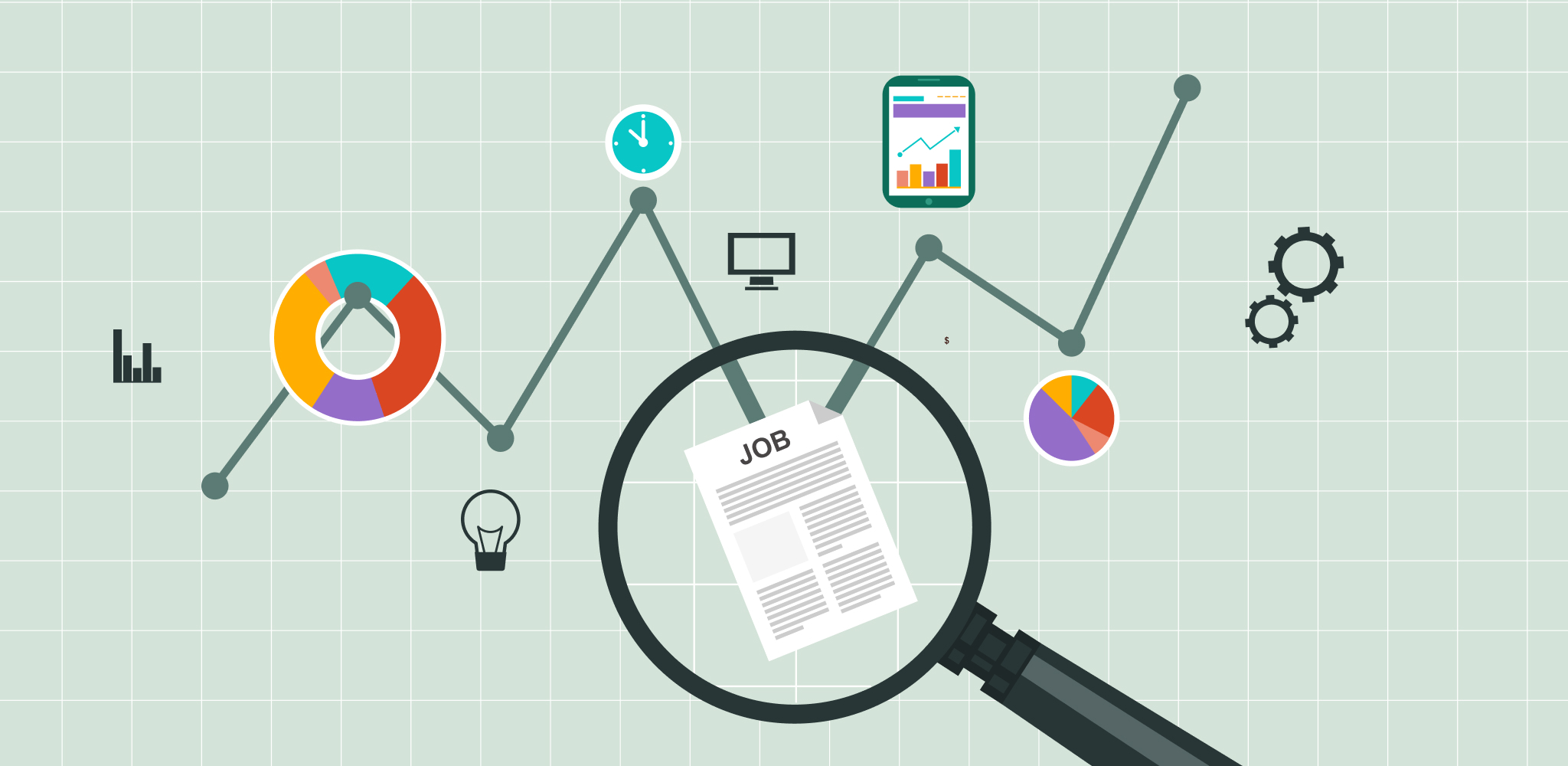Job analysis is the process of studying a job to establish what activities and responsibilities it entails, including required knowledge, skills, and abilities. It is a systematic process that involves collecting data and analyzing information about the human requirements of the job role. It is essential because it ensures the selection of the right talent in the company. It also helps the employer in recruitment and selection, performance management, etc. It is also helpful for the employees to know what is expected.
Key steps in job analysis process
The job analysis process helps find efficient and suitable candidates who can add value to the company. The various steps involved in the job analysis process are identifying the purpose of job analysis, who will be responsible for conducting it, how is it conducted, strategic decision making, etc.
Identifying the purpose of job analysis
The first step is to define the need and purpose for job analysis. The HR managers must know the reason for data collection and what is to be done with it. It is done either by the HR department or the job analysts consultants. A planned approach must be incorporated to ensure that the entire process of investigating a new job runs smoothly.
Training of job analyst
Whether the job analysis is handed over to Job analyst consultant or the HR department, they must be trained on the process and how it must be conducted. They should be trained on selected methods for data collection for a particular job role and its analysis.
Job analysis process preparation
The kind of jobs to be analyzed is selected after the objectives are set, and the duties are assigned. These may include any job from managerial to clerical. The entire process is communicated with the organization, which review the job role and the existing responsibilities. It also involves the preparation of documents, questionnaires, interviews, and feedback forms.
Data collection
The next step is to collect data related to the job role. The information may include data such as educational qualification of employees, skills and abilities, working conditions, job activities, duties, and responsibilities, etc. This data can be collected through questionnaires, interviews, or observation methods.
Conducting the analysis
The information collected must then be sorted and analyzed based on nature, division, and department. The job analyst then analyses and prepares a draft based on the job description and the specifications. Once the information is sorted, and the draft is ready, it is circulated among the managers, supervisors, and employees.
Documentation, verification, and review
To verify the authenticity of the collected, verification of documents is essential. It is the last information required for describing a specific job.
Designing job descriptions and job specifications
At this stage, the collected data is segregated into helpful information. The job analyst prepares a draft of the job description and the specification. Job description determines the role, activities, duties, and responsibilities associated with a job, while job specification describes the experience, educational qualification, experience, personal traits required for a particular job role.
The difference between job description and job specification and its importance in job analysis process
A job description defines the roles, responsibilities, duties, functions of a specific job in an organization. On the other hand, a job specification is an overview of all the attributes, experiences, qualifications, personality traits, etc., that a company is looking for in a candidate. Both are equally important in the job analysis process. Job specification helps analyze if a candidate is eligible for a particular job or not. The job description helps analyze an employee’s performance and the need for training.


